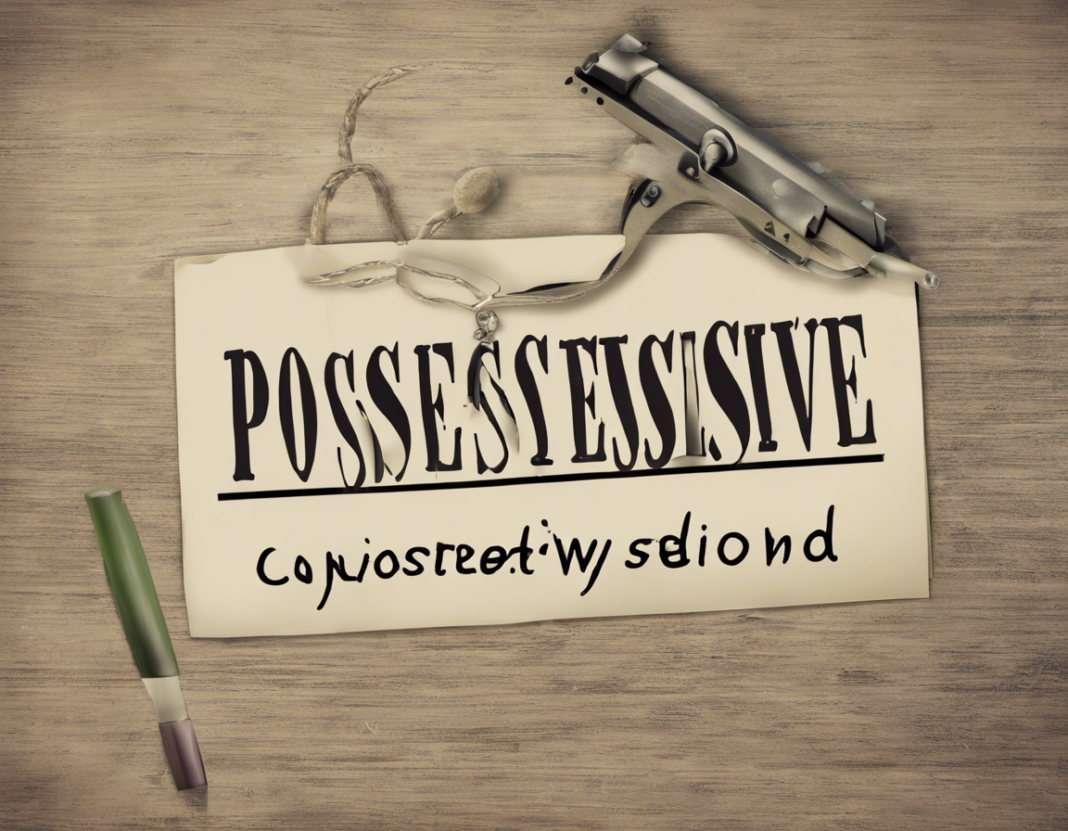Possessive form, also known as the genitive case, is a vital aspect of grammar that indicates ownership or possession of an object by a subject. Understanding possessive form is crucial for effective communication and writing. In this comprehensive guide, we will delve into the various aspects of possessive form, its rules, usage, and common pitfalls to help you master this essential grammar concept.
What is Possessive Form?
Possessive form indicates that something belongs to someone or something else. It is used to show ownership or possession. The possessive form can be applied to nouns, pronouns, and even gerunds (verbs that act as nouns).
Different Forms of Possessive
There are two main forms of possessive: singular possessive and plural possessive. Singular possessive is used when there is one owner, while plural possessive is used when there are multiple owners.
Example:
– Singular Possessive: The dog’s tail.
– Plural Possessive: The dogs’ tails.
Rules for Forming Possessive
Singular Nouns
To form the possessive of a singular noun, add ‘s to the noun.
Example:
– The girl’s book
– John’s car
Plural Nouns Ending in -s
For plural nouns that end in -s, simply add an apostrophe ‘ at the end of the word.
Example:
– The students’ project
– The horses’ stable
Plural Nouns Not Ending in -s
For plural nouns that do not end in -s, add ‘s to the noun.
Example:
– The children’s toys
– The women’s club
Indicating Joint Ownership
When showing joint ownership, add the apostrophe ‘ and the s at the end of the last noun.
Example:
– Tom and Jerry’s house
– Mom and Dad’s anniversary
Using Possessive with Pronouns
Pronouns also have possessive forms. These forms are used to show that something belongs to a pronoun.
Example:
– Her book
– Their car
Possessive Pronouns
Possessive pronouns indicate ownership without the need for an additional noun.
Example:
– That car is mine.
– Is this pen yours?
Common Mistakes to Avoid
Its vs. It’s
- Its is the possessive form of “it,” while it’s is a contraction for “it is” or “it has.”
- Correct: The cat played with its toy.
- Incorrect: The cat played with it’s toy.
Whose vs. Who’s
- Whose is the possessive form of “who,” while who’s is a contraction for “who is” or “who has.”
- Correct: Whose book is this?
- Incorrect: Who’s book is this?
When to Use Possessive Form
Possessive form is used in various situations, including:
- Indicating ownership: John’s car
- Showing a relationship: Mother’s love
- Describing characteristics: The dog’s bark
FAQs about Possessive Form
1. What is the difference between singular possessive and plural possessive?
Singular possessive indicates ownership by one person or thing, while plural possessive shows ownership by multiple persons or things.
2. Can possessive form be used with inanimate objects?
Yes, possessive form can be used with inanimate objects to indicate ownership or association.
3. How do you form possessive with compound nouns?
For compound nouns, the possessive form is applied to the last word of the compound.
Example: My sister-in-law’s car.
4. Is there a difference between possessive pronouns and possessive determiners?
Yes, possessive pronouns stand alone without a noun, while possessive determiners are used before a noun.
Example:
Possessive Pronoun: The book is mine.
Possessive Determiner: My book is on the table.
5. Can you use possessive form with gerunds?
Yes, possessive form can be used with gerunds to indicate possession or association.
Example: I appreciate your helping me.
Understanding possessive form is essential for clear and effective communication. By following the rules and guidelines outlined in this guide, you can confidently navigate possessive form in your writing and speech. Mastering possessive form will enhance your language skills and elevate the quality of your communication.
